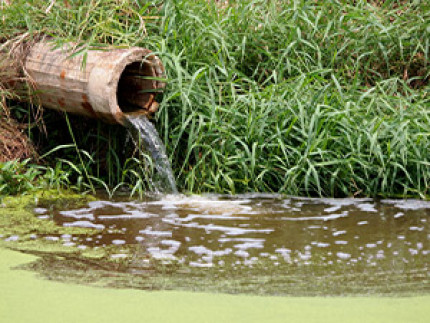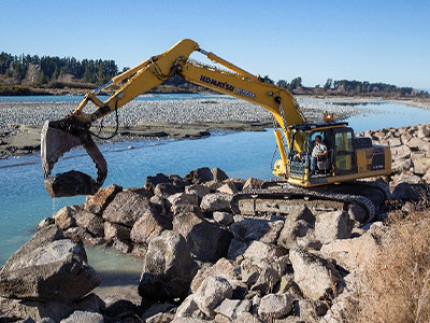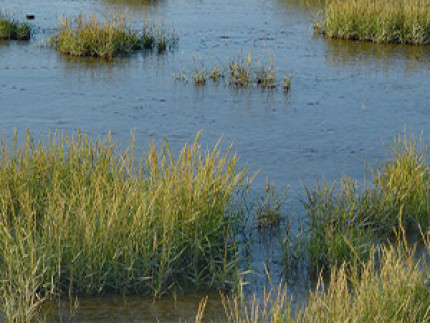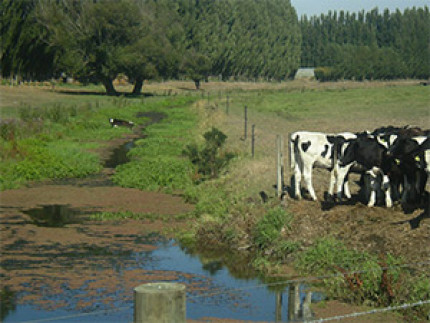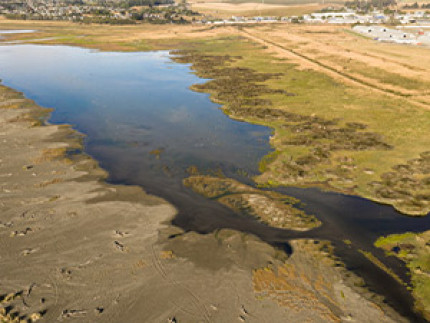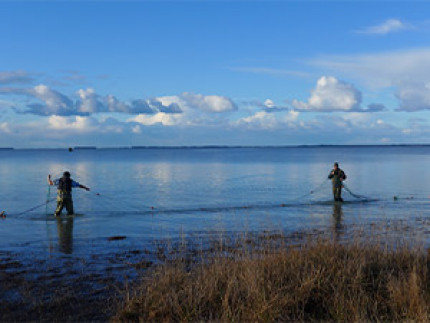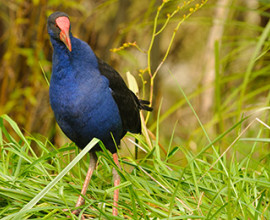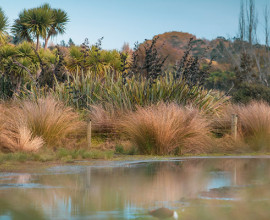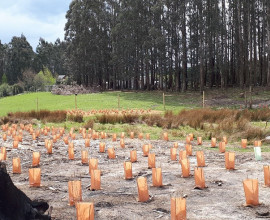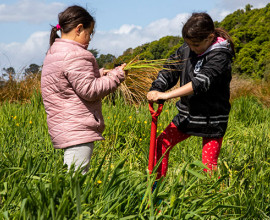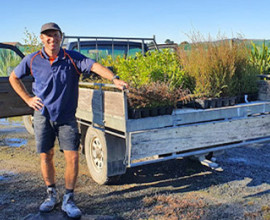Since European settlement in Canterbury, 90 per cent of our freshwater and natural wetlands and half of our coastal wetlands have been lost through human impact.
From the mid-19th century, wetlands across New Zealand were drained for urban and rural development. While we now recognise their values and how vital they are to maintaining waterways and biological riches, our remaining wetlands continue to be threatened by human activities and invasive pest species.
Most of Canterbury’s remaining wetlands are coastal or in the foothills, high country, or margins of rivers. The small number of wetlands left contain an abundance of life that needs our collective effort to restore and protect.

